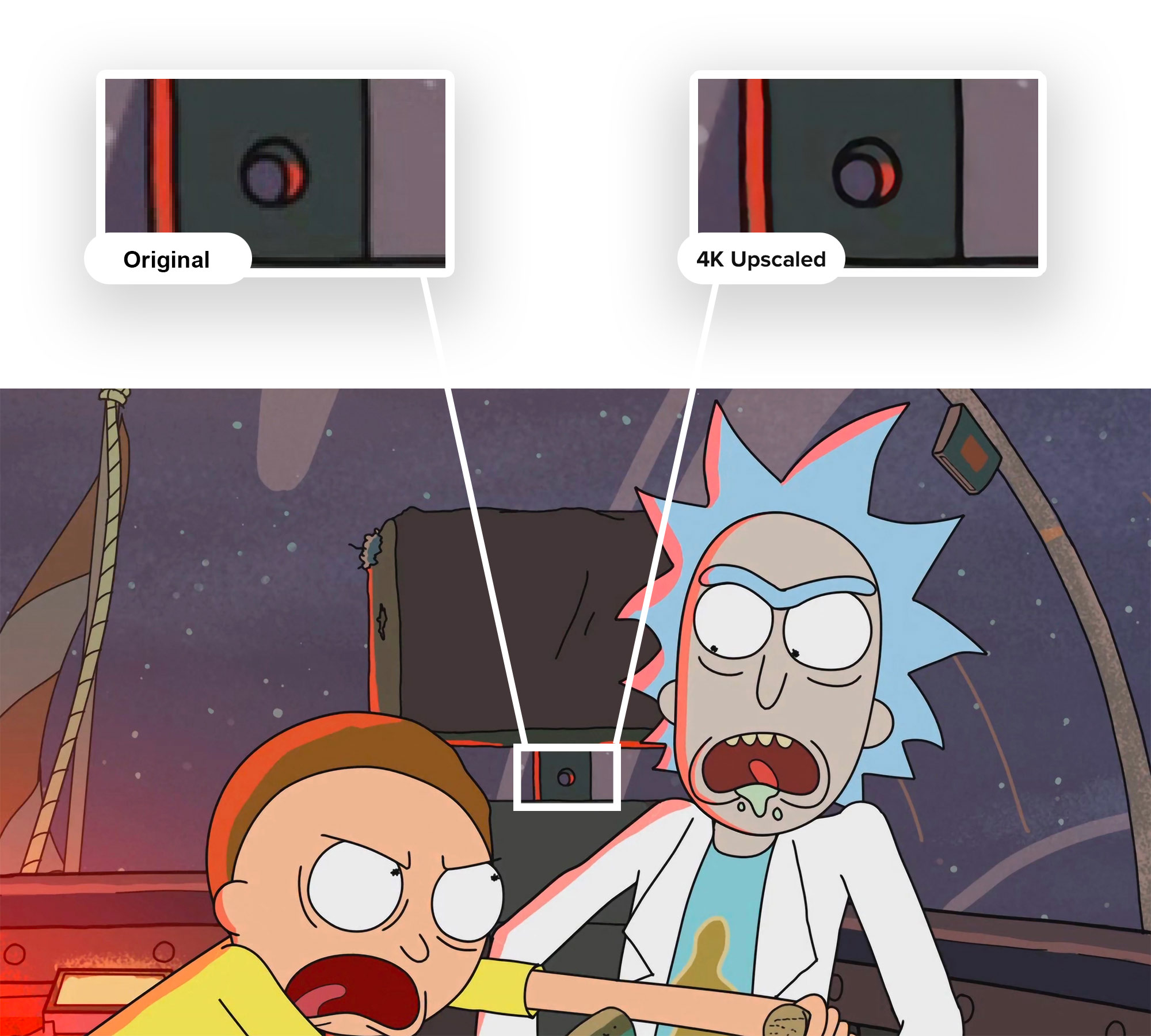4th Order Low-pass Filter with 1 Op Amp
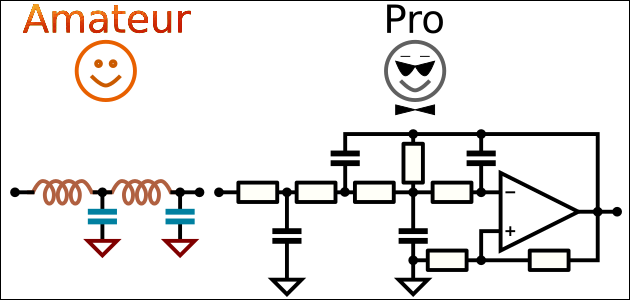
The idea to build a 4th order low-pass filter looks simple: add one more feedback loop. But there are pitfalls, as always.

For those who is not all thumbs

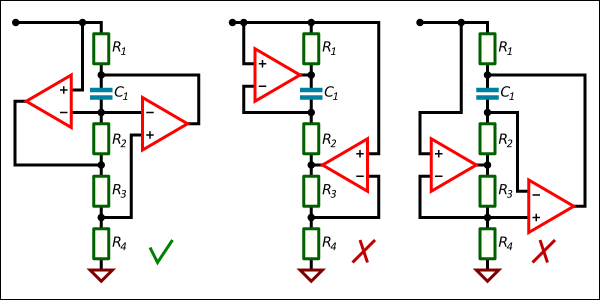
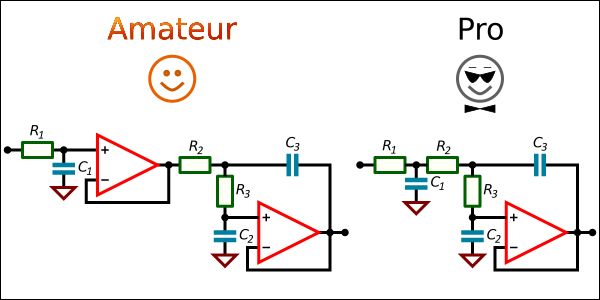
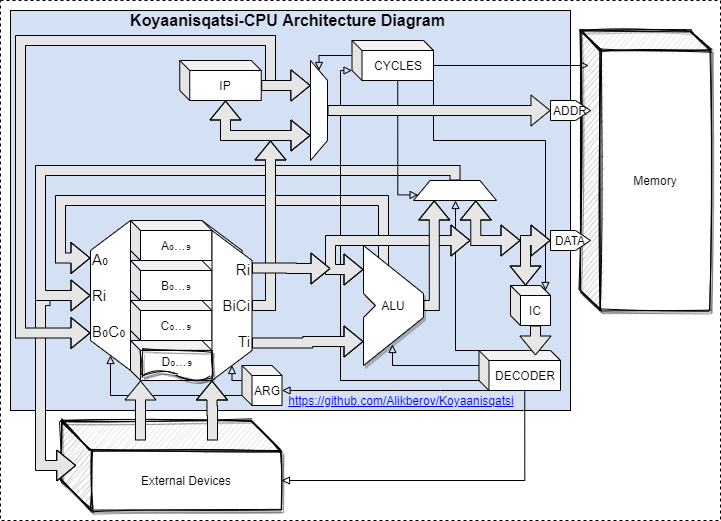

In 2013 Canonical tried to crowdfund Ubuntu Edge smartphone. Its main feature could be the ability to use the smartphone as a full-fledged PС. Unfortunatly, the crowdfunding campaign did not accumulate enough money, so a dream of having a universal device remained to be the dream.
I've been searching for universality, too, on the software side, not the hardware one. Today I can confidently say I found the necessary combination: Git and JavaScript.
As you know, I have already described the benefits of browser applications (nCKOB static site generator) and the benefits of using Git instead of yet another back-end with API (GitBudget to track personal spendings). Once GitBudget was out, I spent the remaining 2020 to build a system allowing one to create browser applications right inside browsers. GitJS is the name of that system.

When we think about robots, the first thing that comes to mind are robotic vacuum cleaners. The reason is simple: they are the most "solid" demonstration of success of "consumer" robotics. So making one sounds like a good idea... at first.
But isn't it a bit counter productive - to build something that popular, something we can buy in a store at a commodity (small) price? Should we build something similar, but NOT a vacuum cleaner? Something like... a floor washer, perhaps? Yes, a robotic floor washer.
In this tutorial I am going to build a fully working prototype of a robotic floor washer. By "fully working" I mean that it is going to wash floor, instead of moving dirt around like most robotic "moppers" do. While by "prototype" I mean it is going to be the first step towards production-ready unit, but not a production-ready unit yet. Let me explain.
First of all, it is not going to be THAT solid. You can grab a robotic vacuum cleaner that you got from the store by any part, including wheels and bumper and lift it. It will not fall apart. Ours probably will. The reason is, to make a device "mechanically solid" is a separate task, and if we focus on it, then "robotic" tasks will become more difficult to achieve. So we are going to do what engineers usually do: first they build C3PO without the outside body, wires everywhere and so on. And only then they put a gold-covered outfit on it.
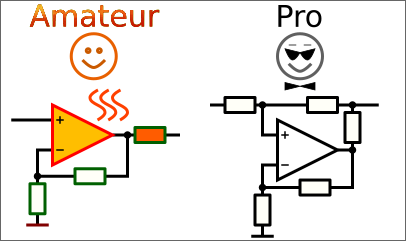
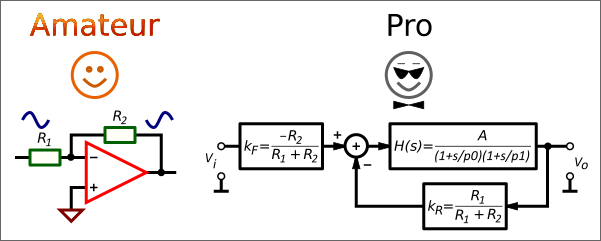
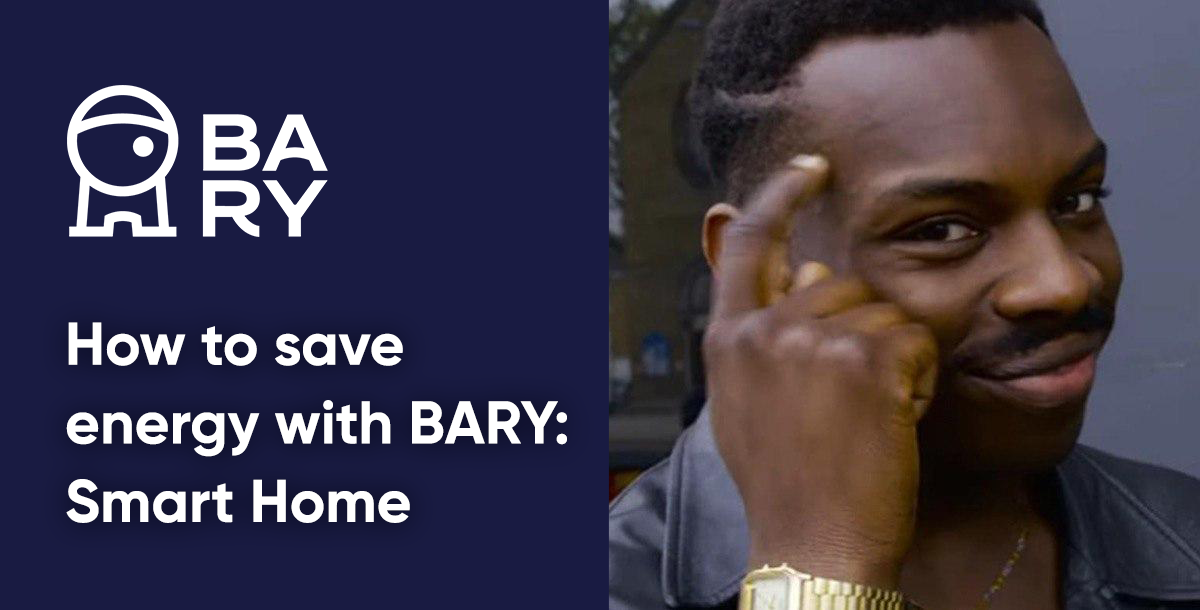

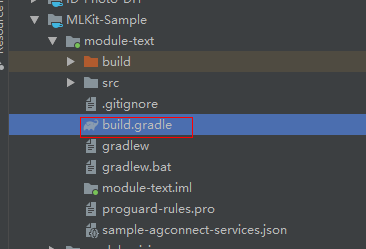
Hi, folks, let me share my experience of creating an application to keep track of my spendings. Specifically, let me do it by answering the following questions:
1. Why keep track of spendings in an application?
I, like many people out there, wanted to become rich and successful. To become rich, one is often advised to run a personal budget, that's what I started to do several years ago. I'd like to point out that running my personal budget hasn't made me rich and successful, and I increased income simply by moving to Moscow.

I happen to live in Montreal, in my condo on the edge of McGill Ghetto. Close to Saint Laurent Boulevard or the Maine as locals call it, with all it's attractions — bars, restaurants, night clubs, drunken students. And once upon a time, on a particular lively night, listening to the sounds of McGill frosh students drunkenly heading home after hard night of studying. I thought, that it might be a good idea to move into my own house, a little bit further away from the action.

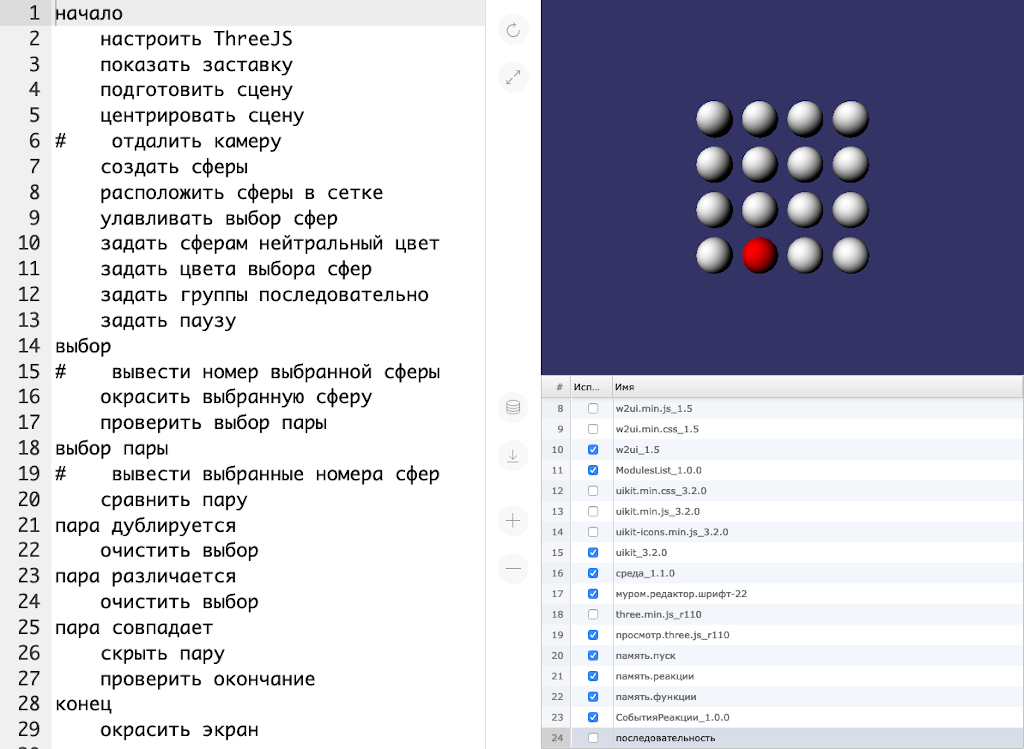
Hi, my name is Michael Kapelko. I'm a professional software developer. I'm fond of developing games and teaching folks to program.
Preface
Autumn 2019 was the third time I participated as one of the teachers in the course to teach 10-15-year-old folks to program. The course took place from mid. September to mid. December. Each Saturday, we were studying from 10 AM to 12 PM. More details about the structure of each class and the game itself can be found in the 2018 article.
I have the following goals for conducting such courses:




I made the “electric” designer of… cardboard. Alas, the project still remains at the prototype stage, not developing into an industrial “physical” look and is waiting for its time (and investor).
But I decided to go further — once we started making cardboard, we’ll bring the situation to its logical conclusion — we’ll make a complete cardboard board game, but with an electric setting and a learning effect. There were a lot of options — starting from a simple “walker” and ending with Ameritrash from a zombie with electron movement and vicious short circuits and swollen capacitors.
As a result, I decided to dwell on a logical abstract, since the schematics of electrical circuits are very suitable for it. Said and done — as a result of the first iteration, the game “Circuit” was born.
